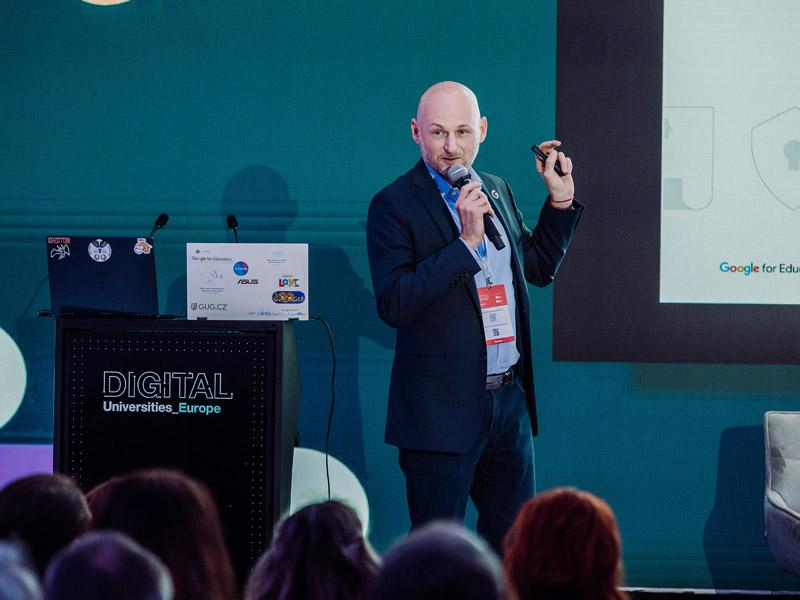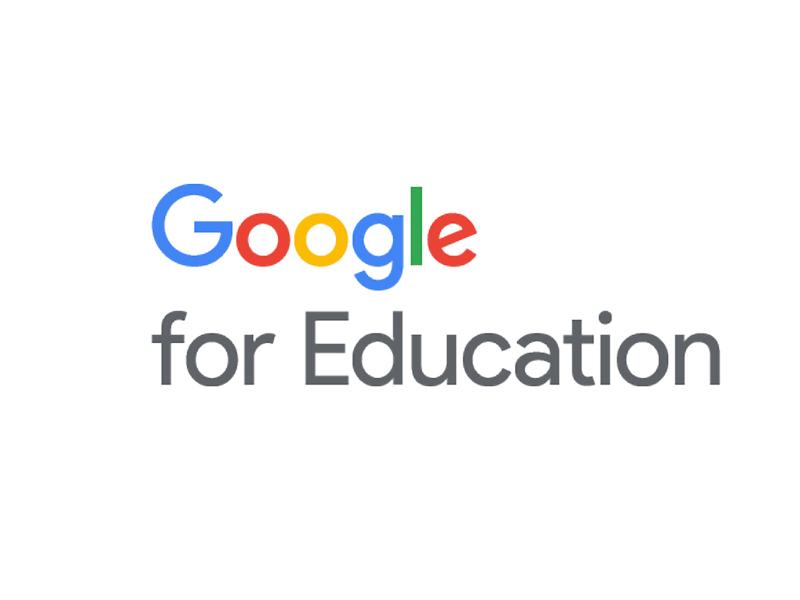
Rethinking teaching and learning with Google’s AI tools
Generative AI is a game-changer for higher education. Fully integrated platforms such as Google’s Workspace for Education are making student life more efficient, paving the way for more interactive and deeper learning experiences

AI will play a starring role in the Fourth Industrial Revolution, transforming how we live and work. It presents a profound opportunity for innovation in higher education. Harnessed effectively, AI’s power can revolutionise the student experience.
Speaking at a workshop session held in partnership with Google at THE’s Digital Universities Europe 2025 event, Eleonora Simeone, higher education specialist at Google, and Pawel Czerwony, head of Google for Education in Central and Eastern Europe, presented a number of practical examples of how generative AI could be used on campus to make learning more interactive and efficient. They explained how Google’s AI-driven tools – and there are 52 of them embedded within Google Workspace for Education – can support staff and students alike, streamlining workflows and allowing students to ask deeper questions of their subjects.
Across these products, Google’s Gemini offers smart AI assistance. It can be deployed to handle quotidian tasks, drafting schedules, summarising texts and generating study plans. But it can also handle the big projects, helping to design engaging learning experiences.
“It’s a multi-modular type of tool which is taking multiple sources, different types of files, and generating for us not just one [output] but audio, video, code, whatever we need. Based on Gemini, we are creating our AI world,” said Czerwony. “That’s why we believe that AI is actually the most profound technology we are working on today.”
“We have a lot more resources that help you leverage academic operations like student success services from Google Cloud that support students through enrolment,” said Simeone. “It is an entire journey that we can support with gen AI.”
Much of a student’s campus life is spent taking notes and interrogating study materials. Google’s NotebookLM can take the pain out of that process, freeing up more time for studying and delivering coursework. LearnLM is another Gemini-based tool from Google that is designed to make learning more engaging, personalised and interactive. With AI, educators can design experiences that involve students, taking teaching and learning beyond the “sage on the stage” model and improving access to higher education, with classroom support available 24/7. Using Gemini, students can create their own Gems – learning coaches that support skills such as public speaking and writing reams. It can even teach students how to learn more effectively.
If higher education has had a squeamishness about generative AI, it has typically arisen from the idea that students can use it to simply find the answers. But Simeone says it need not be this way. Tools such as LearnLM help students glean a deeper understanding of their subject.
“LearnLM, as it has been based on pedagogical reasoning, has been designed to not simply give you an answer,” said Simeone. “It has speed bumps and guardrails that it can support the student.”
These tools can be collaborative, too. They can be used in the classroom, in blended learning experiences where students share their work with classmates and professors, working through feedback together and developing the critical thinking skills that will be essential in the workplace.
Find out more about Google for Education.

